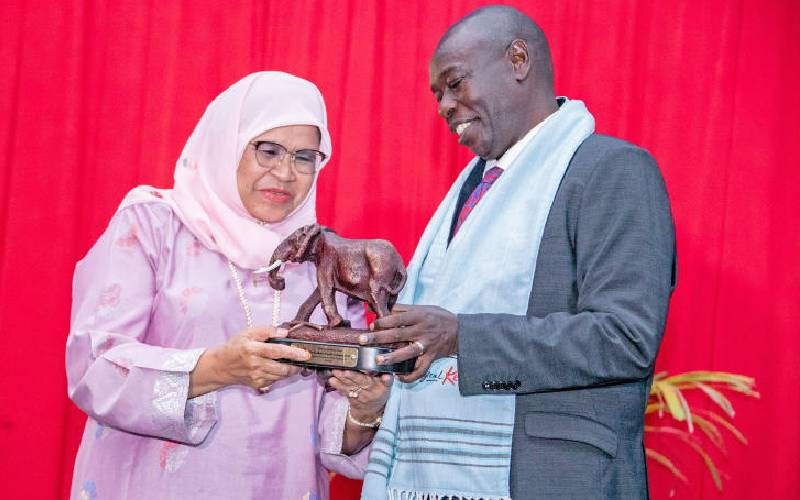×
The Standard e-Paper
Fearless, Trusted News

The United Nations estimates that more than one billion people live in slums or informal settlements, with the majority coming from Africa and Asia.
Mitigating the housing deficit in a low-carbon trajectory is an important aspect of sustainable development.